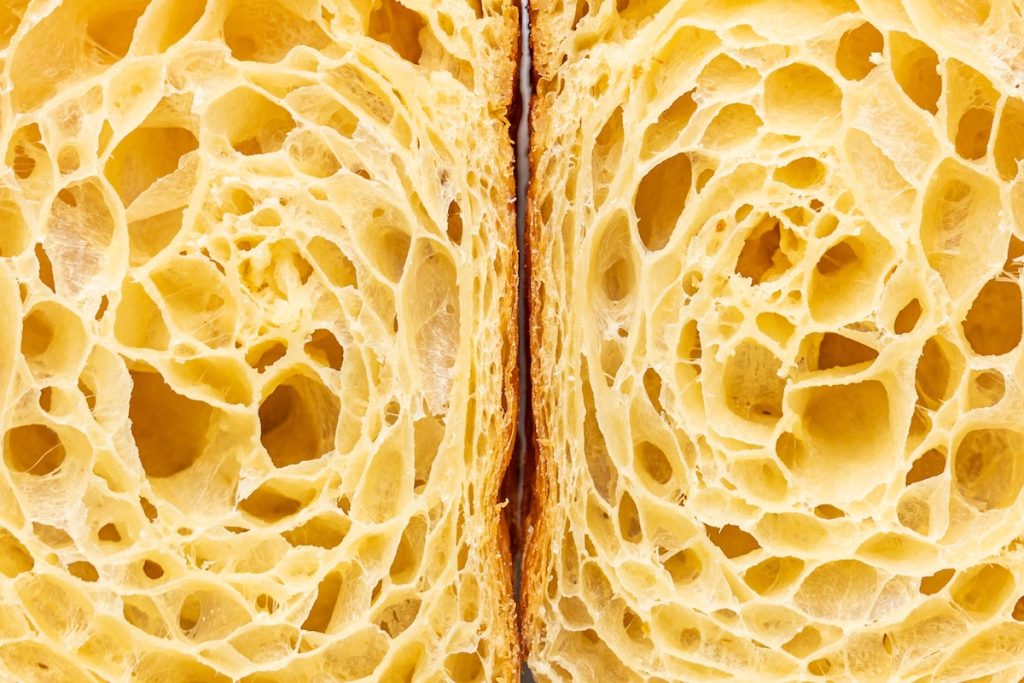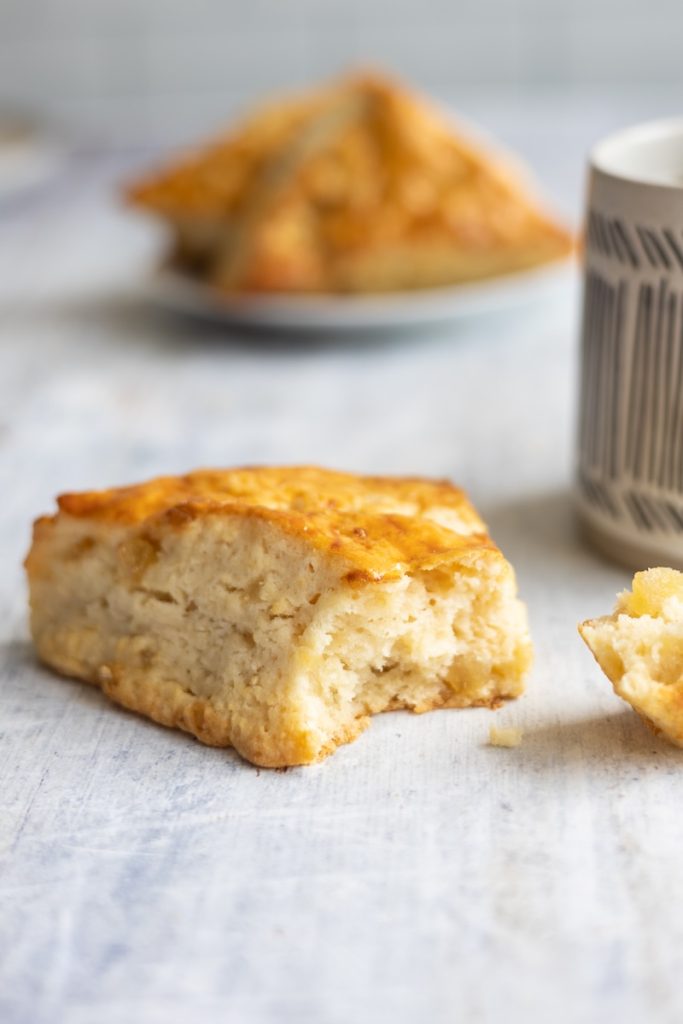Even-More-Buttery Palmier from the Bakehouse

The flakiest bite of butter and sugar you’re ever gonna eat
You can add the Bakehouse’s beautiful and delicious Palmier to the ever-growing list of pastries being enhanced by the recent addition of Vermont Creamery’s Cultured Butter. As with the scones and croissants I’ve written about in recent weeks, and the Roadhouse’s Buttermilk Biscuits, Butterscotch Pudding, Bakehouse Bread Platter, and more, what has long been really, really good just got even better. It makes perfect sense. In the Bakehouse’s Palmier, the butter is the star of the recipe, accompanied by a wonderful, darkly caramelized sugar. When we make the butter a whole bunch better—as is the case with the Vermont Creamery Cultured Butter—we also take the Palmier to the next level.
Psychologist and author Angela Duckworth says, “There are no shortcuts to true excellence.” It’s another way of saying what Sarah Harris writes in her above-mentioned essay, “The Shortcut Is the Long Way.” Patience and persistent, steady improvement will pay off over time. When we continually work to improve, we’re willing to invest in getting ever better. As the Bakehouse raises the bar by buying better and better ingredients, their relentless commitment to continually getting better shows that great things really can happen, that quality improvement for the sake of better flavor can be a deciding factor in that growth, and that good finance only follows from there. The better-than-ever—and butter-than-ever—Palmier is the latest proof!
The Palmier is not the best-known Bakehouse pastry, but to my taste, it is one of the best! There’s something so simple and yet so special about it. Crunchy sweetness. Compelling caramelization of sugar. A whole bunch of butter. There’s no frosting to obscure its simple elegance. It approximates what you would get if you took the best parts of a croissant’s buttery, flaky, crunchy crust, then added a bunch of sugar, shrank the surface area, and baked it. The pastry that results is lovingly caramelized by that magical Maillard effect and, in my opinion, worthy of poetry.
Palmiers are made from what bakers call “laminated dough,” similar in style to a croissant dough, but without the yeast that makes a croissant rise. The baguette brings maximum crust to the bread world, and the palmier does much the same for pastry. You get a whole lot of crunch and almost no soft interior. Amy Emberling, co-managing partner of the Bakehouse, says, “They are like croissants and French baguettes and strudel to me—baking miracles. There are only a few ingredients: flour, butter, sugar, salt, a touch of lemon, and plain old water. Nothing unusual. Yet through some precise techniques, it’s possible to make these buttery, flaky, crisp, really delightful cookies.”
The obvious thing to do with a Palmier is to simply eat one. Great with coffee or dipped into hot chocolate. You can also crumble it over gelato. Or pudding. Or rice pudding. If you like a sweet-savory combo, you can also spread one with cream cheese—killer! If you enjoy your salads on the slightly sweeter side, crumble one over top to add the kind of crunch you get from croutons. Break some up over buttered noodles for a really nice dessert pasta—a bit of a high-end version of noodle kugel. Whatever you do with them, know that Bakehouse Palmiers are crumbly, crunchy, caramelized, butter-laden awesomeness.
Historically, the palmier probably dates back to the turn of the 20th century, so it’s not all that old in the scheme of the culinary world. It’s interesting in that it’s a chocolate-less pastry that came to prominence at the same time that chocolate was going mainstream. In French, palmier means palm, and that is what this pastry resembles visually. Palmiers appear around the world with various names and in slightly different forms. In the States, some folks call them Elephant Ears. In Germany, it’s Pig’s Ears. French Jews, I’ve read, serve them for Purim—they’re said to resemble Haman’s ears. In China, they’re called Butterfly Pastries. In Switzerland, they go by the name Hearts of France. In Spain, they finish them with chocolate, coconut, or both; in Puerto Rico, with honey. Given that they’re so universally loved, perhaps the palmier, like the palm leaf it’s made to resemble, could be a universal pastry symbol of peace. Bring a bag of them with you as a peace offering, and think peaceful thoughts when you eat them.



